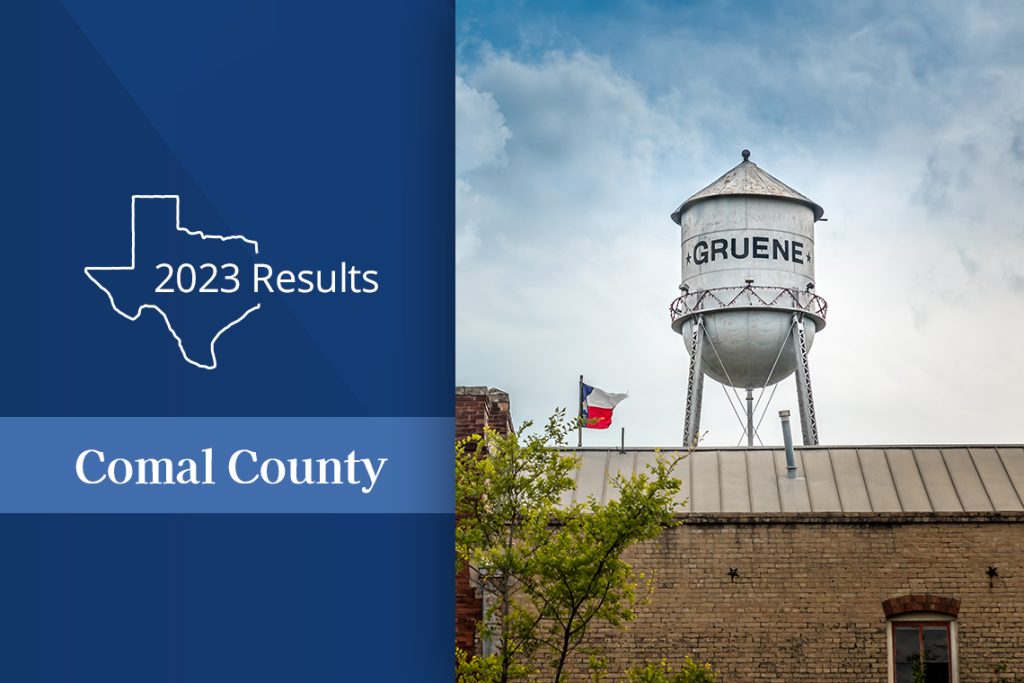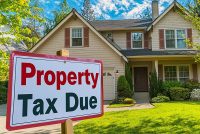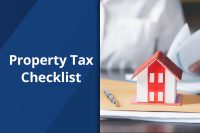Texas Wildfire Damage: How to Get a Temporary Property Tax Exemption

Here’s what you need to know about the property tax exemption for Texas wildfire damage:
- There is a property tax exemption that offers relief to those affected by disasters by temporarily reducing the appraised value of qualifying damaged properties.
- Properties must sustain at least 15% physical physical damage and be in a governor-declared disaster area to qualify for the exemption.
- The amount you could save on your property taxes depends on the county-assigned damage rating and the time remaining in the tax year after the disaster.
- To apply for the exemption due to a Texas wildfire, submit Form 50-312 to the county appraisal district no later than June 11.
- Gill, Denson & Company assists with property tax exemptions and protests, offering consultations and support throughout the process,
What Is the Texas Wildfire Property Tax Exemption?
Texas offers a temporary property tax exemption as much-needed support for those grappling with the aftermath of major disasters. The recent spread of devastating wildfires across Texas has left many people with the daunting task of rebuilding their lives. For homeowners and businesses alike, this exemption is a small yet significant step toward alleviating that burden. By temporarily reducing a portion of the appraised value of affected properties, it provides tangible relief in the form of lower property tax bills.
How Do I Qualify?
To qualify for the temporary exemption, your property must meet specific criteria outlined in Tax Code Section 11.35. This includes being located within a governor-declared disaster area and sustaining physical damage of at least 15% due to the disaster. Governor Abbott declared a disaster for the Texas wildfires in 60 counties on February 27, 2024. If your property falls under any of the following categories within an affected county, you may qualify:
- Business personal property (if a rendition is filed)
- Improvements to real property
- Certain manufactured homes
How Much Can I Save on My Taxes?
The chief appraiser assigns a rating based on the level of physical damage the qualified property sustained from the wildfire. This translates to a percentage of the appraised value that will be exempted from taxes. The amount of savings on your next property tax bill depends on the damage rating and the number of days remaining in the tax year after the disaster declaration. Essentially, the greater the damage your property suffered and the earlier in the year the disaster occurred, the more savings you can expect.
| Rating Level | Damage Assessment | Description | Exemption Percentage |
|---|---|---|---|
| 1 | 15% – 29% | Minimal – the property may continue to be used as intended. | 15% |
| 2 | 30% – 59% | There is nonstructural damage and a waterline less than 18″ above the floor. | 30% |
| 3 | 60% – 99% | There is significant structural damage and a waterline 18″ or more above the floor. | 60% |
| 4 | 100% | The property is a total loss, and repair is not feasible. | 100% |
How Do I Apply for the Exemption?
Submit Form 50-312, along with estimated repair costs and supporting documents, to the county appraisal district (CAD) within 105 days of the governor’s declaration. If you were affected by a Texas wildfire in a disaster area, the deadline for application is June 11th. The chief appraiser will review your application and provide written notification of approval, modification, or denial within five days of making their decision. The exemption is valid until January 1st of the tax year when your property undergoes its next reappraisal.
Work with Gill, Denson & Company to Lower Your Property Taxes
At Gill, Denson & Company, we can help you navigate the often complex process of property tax exemptions and protests. Contact us for a consultation to help file for the temporary disaster exemption. We can also assist you by protesting on your behalf if your exemption request is denied, or if you need to protest your property taxes for other reasons. While we can provide expert support throughout the process, it’s important to note that you have the right to file directly with the appraisal district, free of charge. We highly recommend you request the county reappraise your property or that you thoroughly document the damage before repairing or rebuilding anything. This ensures your property’s taxable value is properly recorded post-disaster.









